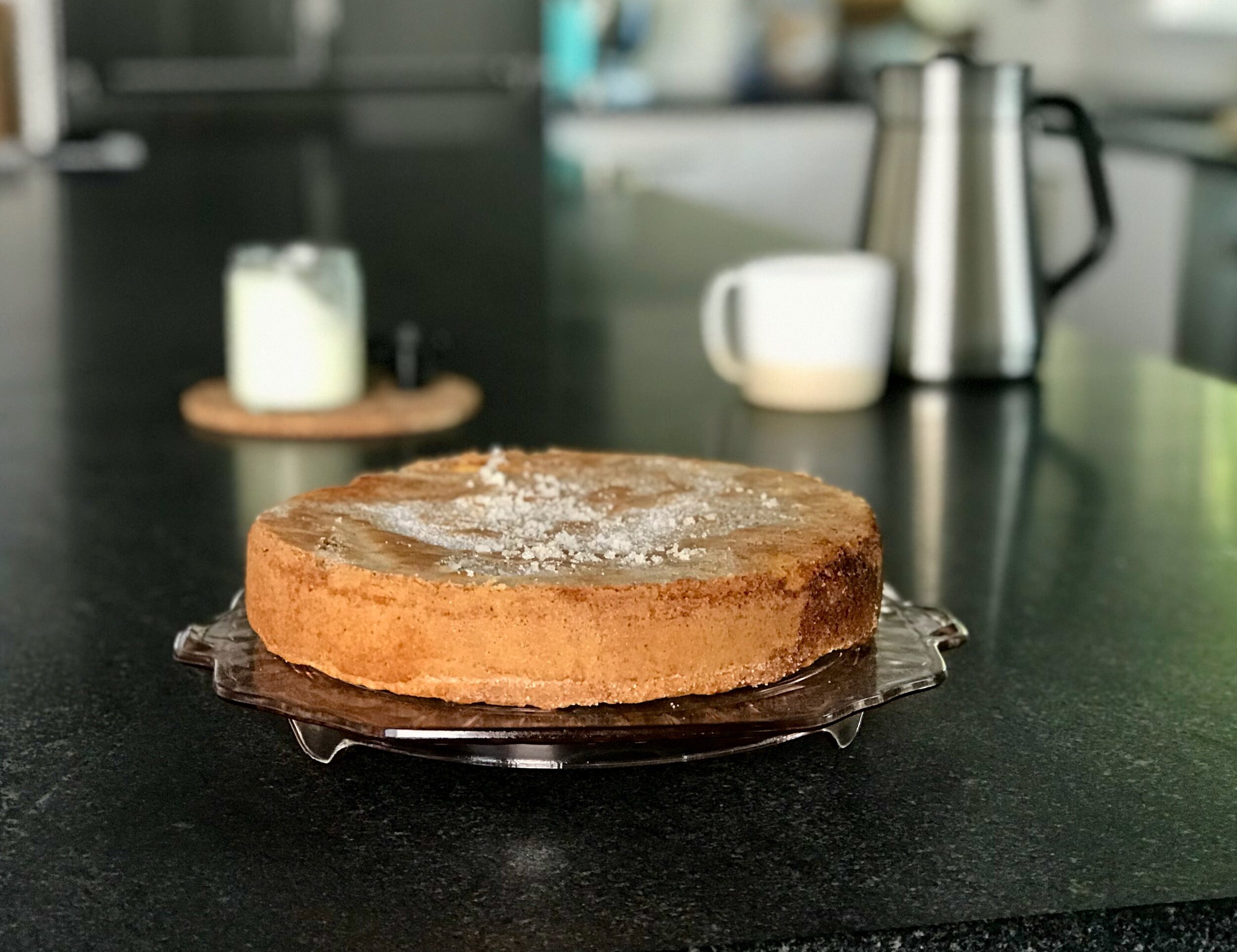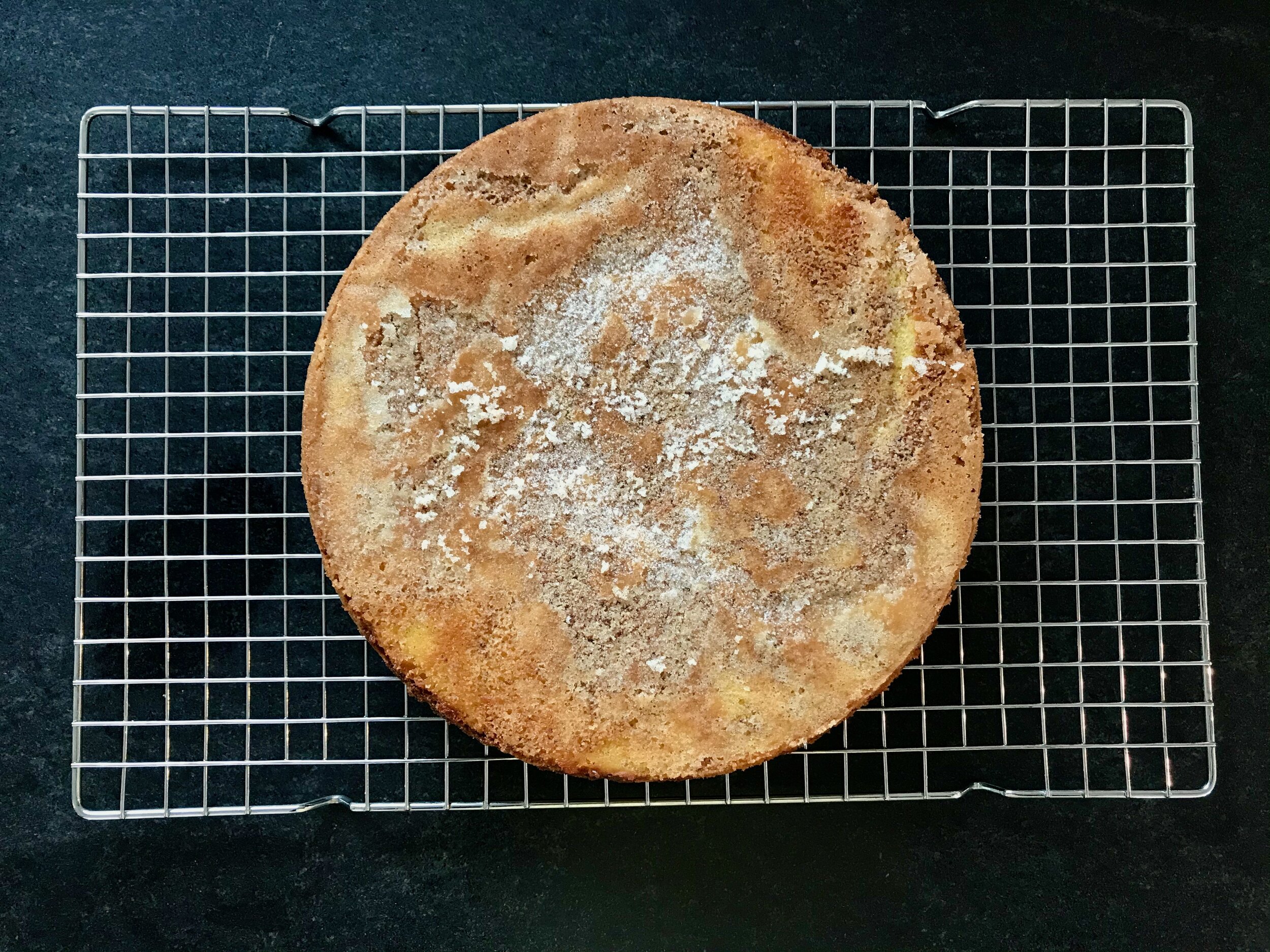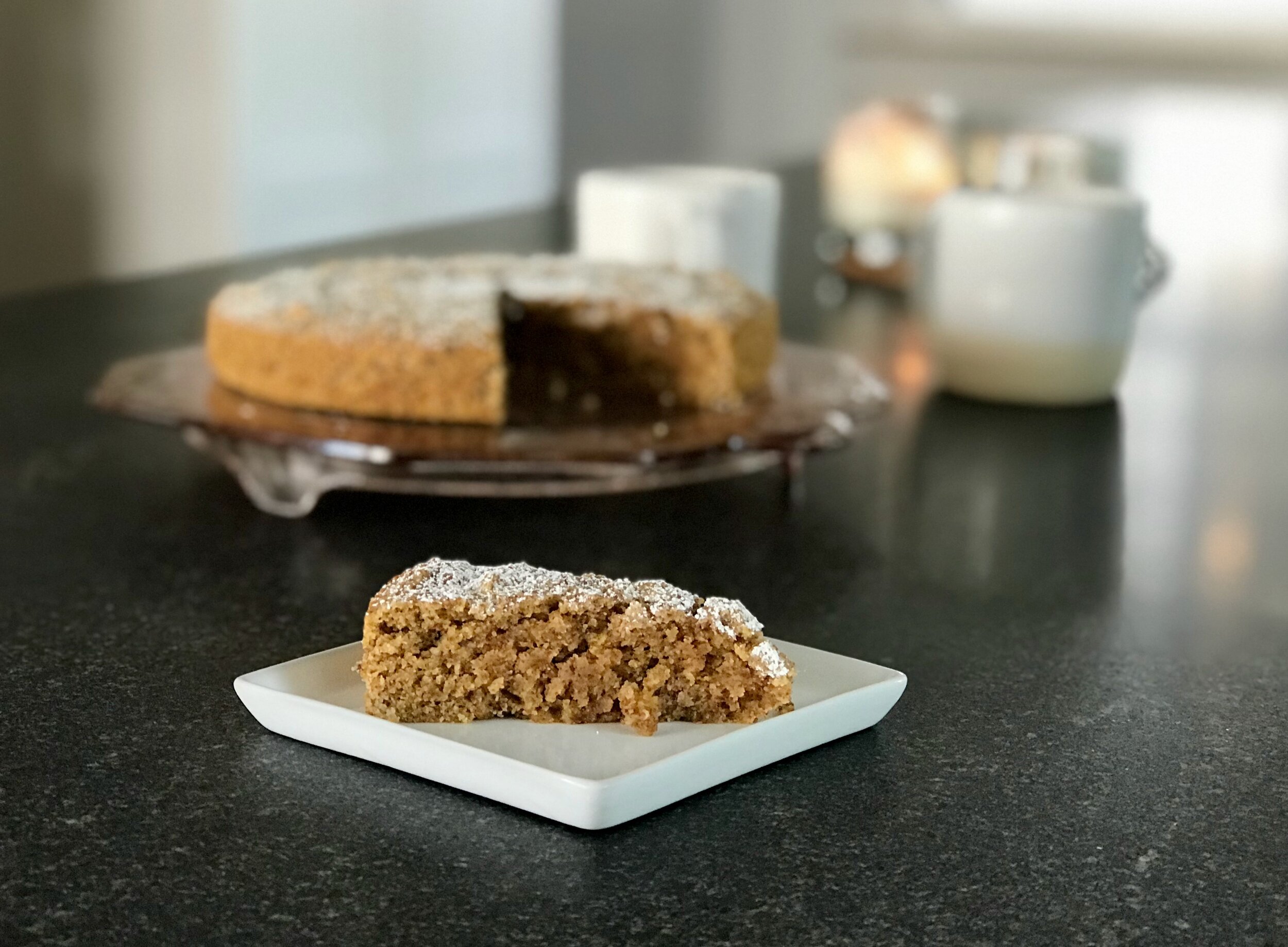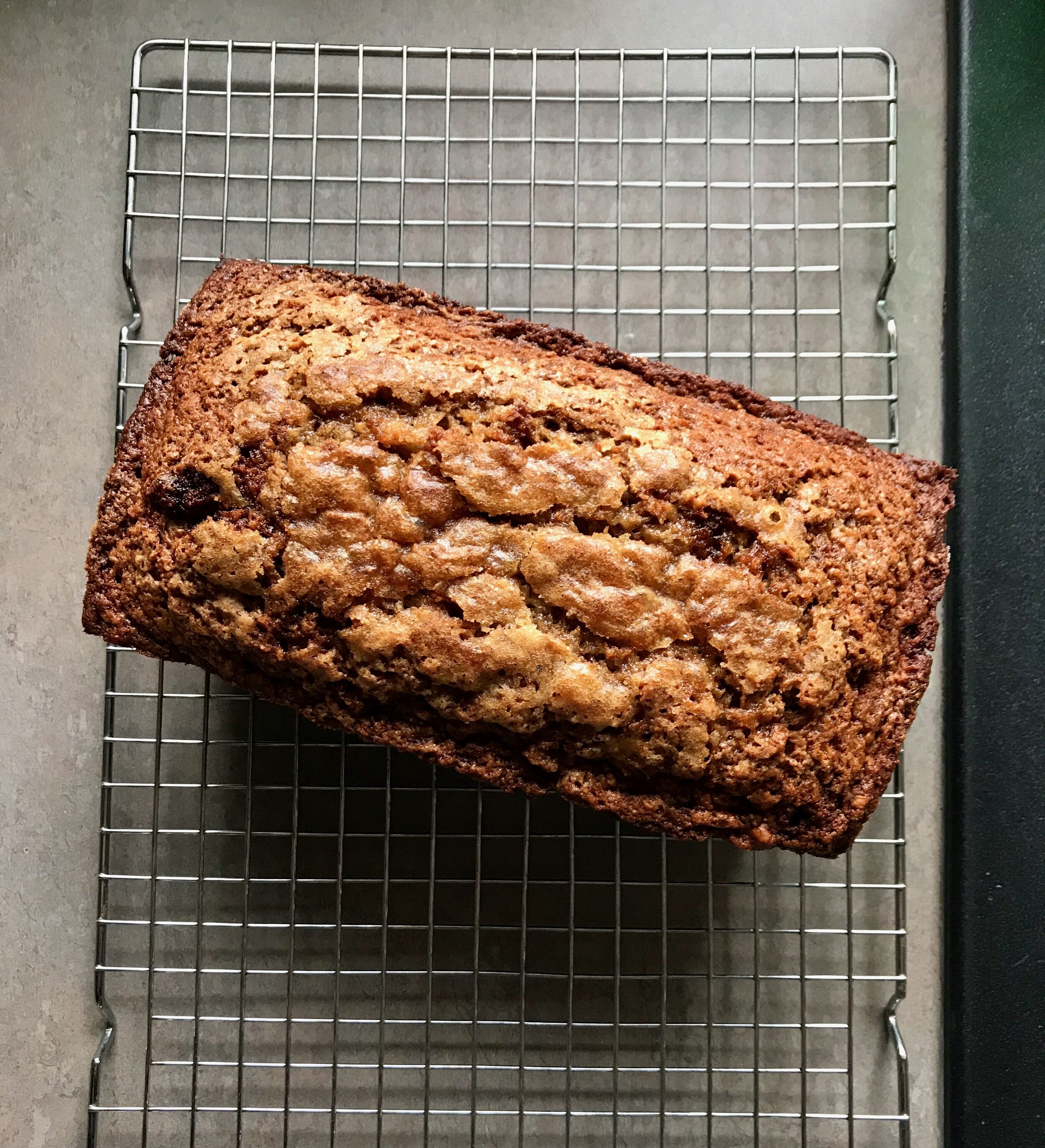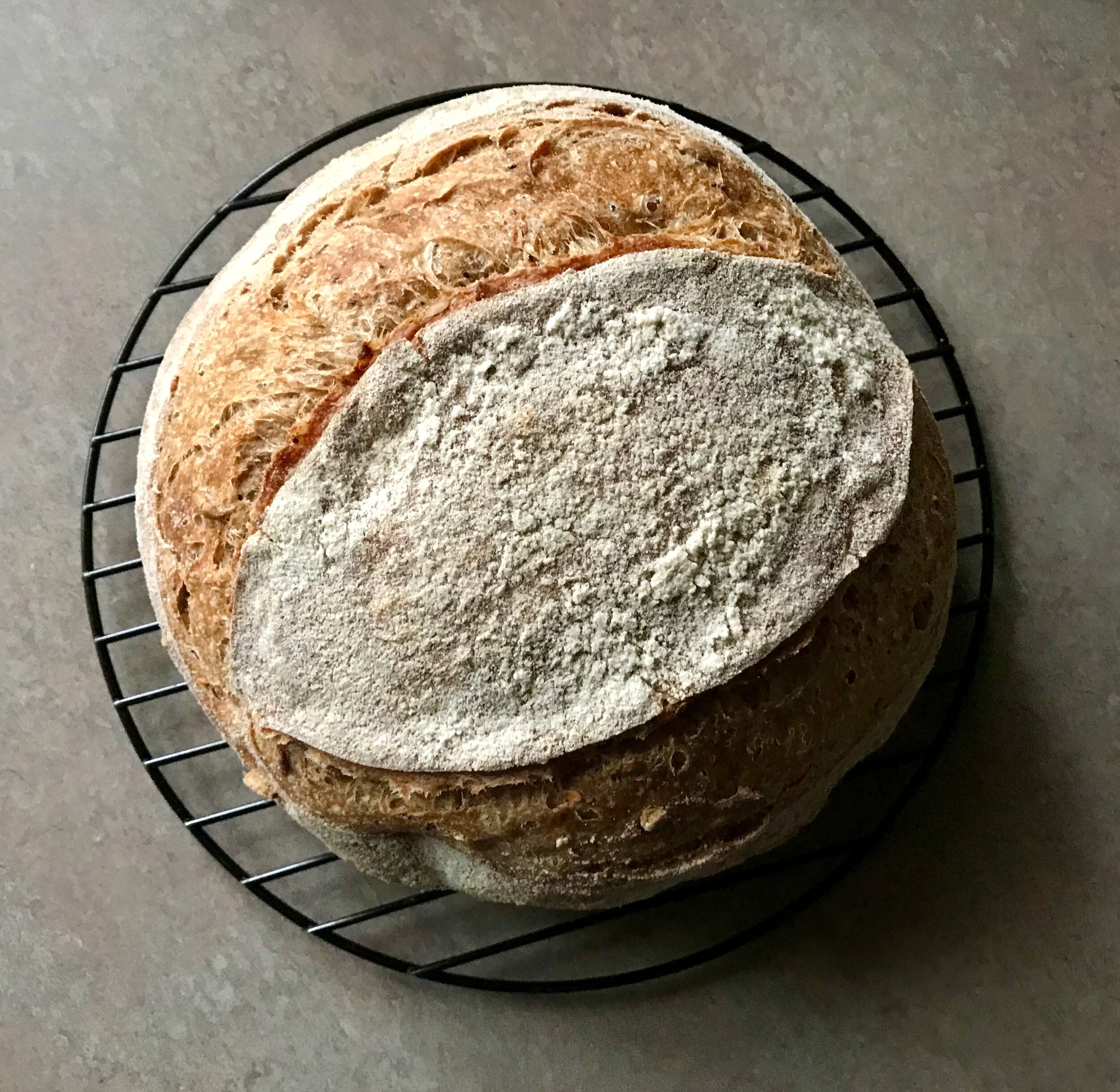Chocolate Chunk and Walnut Cookies
Lara and I were looking for a bakery style chocolate chip cookie recently. I’m always on the hunt for this type of cookie, but I haven’t actually made that many cookies recently. That all changed when I found this recipe!
While I love a “bakery style” cookie, they are always HUGE! This is great, other than the fact that I don’t need to eat a cookie this big. I realized though, that the times I do go to a bakery and share a cookie, I have a couple bites and share the rest with someone else, or take it home for later. Why can’t I just do this with my own cookies?
So I stopped trying to make a mini version of a bakery style cookie. This doesn’t work. With a smaller cookie you just don’t get the contrast between the crispy edges and the chewy, gooey center. Small cookies bake for less time so while the center may be a little gooey, the edges don’t have time to crisp up. If you instead aim for crispy edges, the center is cooked all the way through. In other words, you can’t win.
So, for this new recipe, I told myself to just GO BIG! No matter how wrong it felt! Portioning out the dough I kept thinking, this is too big, this can’t be right. But it wasn’t, and it is! I portioned these into 100 gram (3.5 ounces) balls of dough which was perfect! They baked up beautifully! Super thick, gooey and underbaked in the center, golden brown and crispy on the edges.
I baked some of them freshly made, and they baked for about 10 minutes I think. I also baked some straight from the freezer and these went closer to 12 minutes. They don’t spread a lot, especially the frozen dough, so I tried two different methods to finish them off. For the non-frozen dough, I took a round cookie cutter and spun it around the cookies immediately after they came out of the oven. This made them perfectly round, and helped them sink a little bit. For the frozen dough, I actually took a small glass mixing bowl and gently pressed down on the top of the cookie immediately after they came out of the oven. You can press them down as much or as little as you like to make them the perfect size/diameter for you. It sounds weird I know, but I think the final cookie turned out gorgeous either way. This is just my preference. You don’t have to do any of this, but just some options.
Definitley a Go-To cookie recipe for the future! (When writing this I’ve already made them another two times!)
I followed the original recipe exactly except for adding in 65 grams walnuts. I was also out of vanilla so skipped that.I did use the espresso powder.
Chocolate Chunk and Walnut Cookies
From Butter and Brioche
Ingredients
150 grams (2/3 cup) Butter, cubed
200 grams (3/4 cup + 2 1/2 tablespoons) brown sugar
70 grams (1/3 cup) white sugar
1 large egg
2 teaspoons vanilla extract
280 g (2 1/4 cups) all-purpose flour
1 teaspoon baking powder
1/2 teaspoon baking soda
1/2 teaspoon of salt
1 teaspoon espresso powder, optional
dark chocolate (70%), roughly chopped - 170 g (1 cup)
flaked salt, for finishing
Directions
Position racks in the lower and upper thirds of an oven. Pre-heat it to 350 F. Line a large baking sheets with parchment paper.
Put the butter in a medium saucepan set over low heat. Heat, stirring often, until melted. Pour it into a large mixing bowl, then add the sugars, and whisk until combined. Whisk in the egg, followed by the vanilla extract, until smooth and glossy.
In a separate bowl, whisk together the flour, baking powder, soda, salt, and espresso, if using.
Tip the dry ingredients into the bowl with the wet ingredients. Beat, with a wooden spoon, until a soft dough has begun to form. Beat in the chocolate until just distributed. Do not overwork the dough.
Using a medium cookie scoop or tablespoon as a measure, portion out even-sized amounts of the dough. If you’re using a spoon, shape them into balls with your hands. Divide between the sheets, leaving a few inches space apart for spreading. You should fit 8 to 10 per sheet. You can set left-over dough balls aside to be baked off later, or, store them in an airtight container and freeze for up to two months. Allow to stand at room temperature for fifteen minutes, before baking. Sprinkle with salt.
Bake for 10 to 12 minutes. Halfway through, open the oven door and lift the sheet by a few inches. With a little force, tap it against the oven rack, so that the cookies de-flate slightly. The chocolate should run, too. Close the oven door and continue to bake for another minute. Again, repeat this lifting and tapping process, for a total of 3 more times. The cookies will be golden brown and crisp around the edges, but the middles still soft, when they’re done.
Remove and let stand on the sheet for a few minutes, before transferring the cookies off and onto a wire rack to cool further, before serving.





